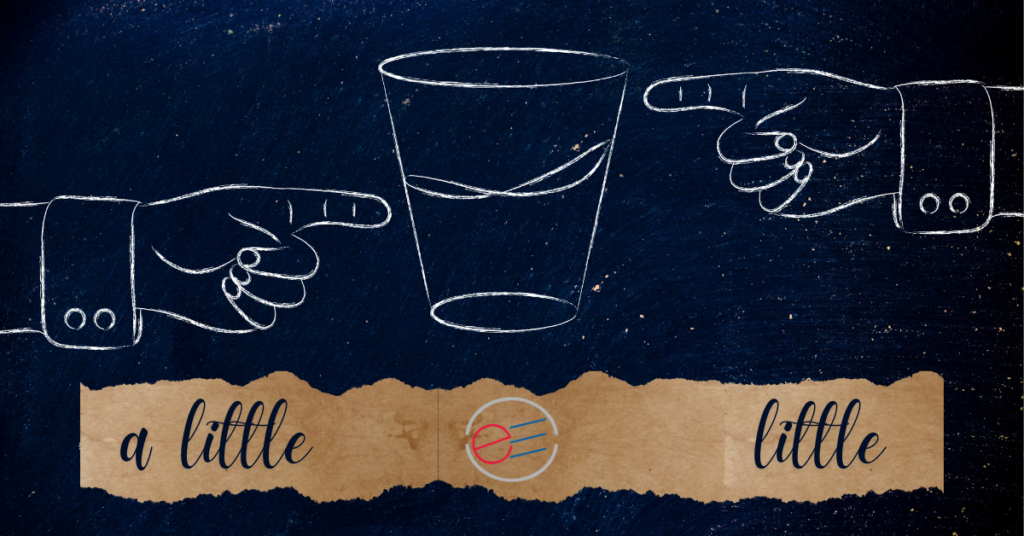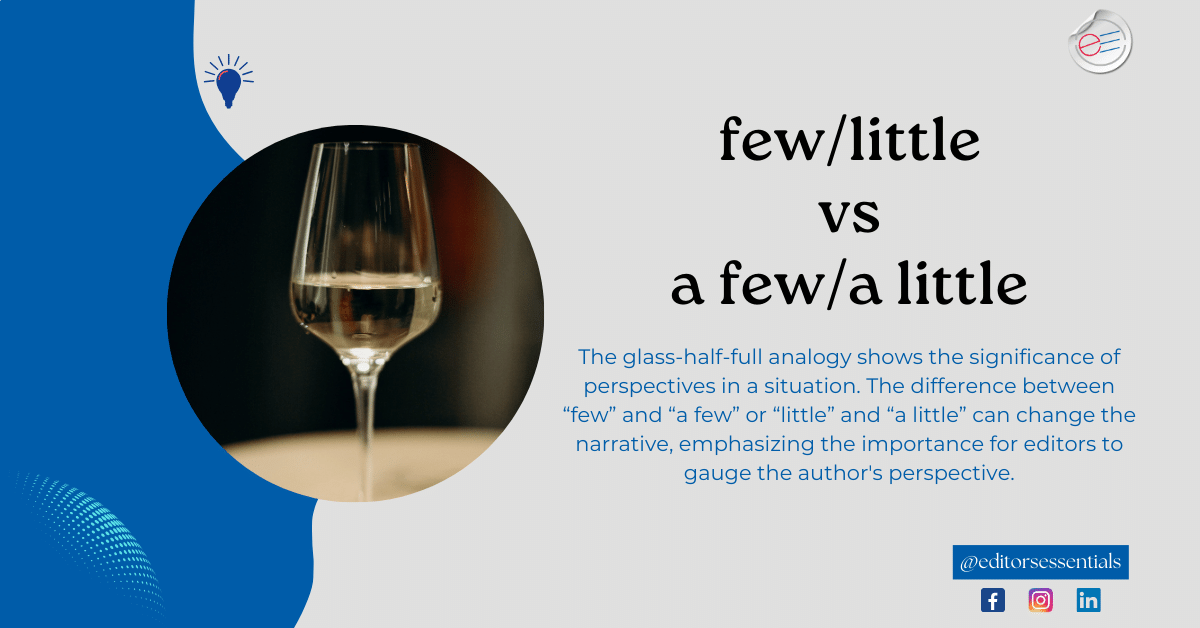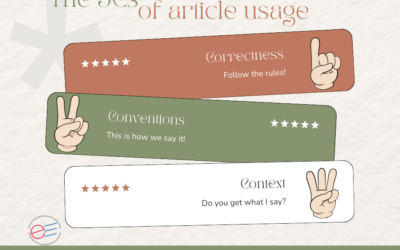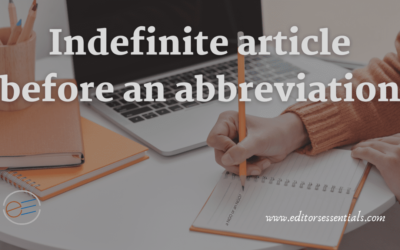Have you ever come across the classic “glass half full/half empty” analogy?
You know the one: when presented with a glass containing some water, you can either view it as half full, brimming with potential, or half empty, emphasizing what’s missing.
This simple example perfectly illustrates the power of perspective. It’s not just about how much is in the glass; it’s about how we choose to see the world around us.
Let’s consider another scenario.
Imagine you’ve planned a fantastic party, inviting 20 of your closest friends. Everything is set, the excitement is bubbling, and you can’t wait to celebrate. But then, life throws a curveball – something unexpected comes up for your friends, and you worry the party might be a bust.
To your surprise, however, three of them manage to show up despite the conflict.
You might feel disappointed. You invited 20, expected a full house, and only three turned out. It’s natural to focus on the gap between your expectations and reality: this is when you say, “Few friends attended the party.”
But here’s a different way to look at it: you planned a party, expecting no one to attend due to the unforeseen circumstances. Yet, three amazing friends defied the odds and showed up, bringing joy and laughter to your gathering. In this light, you would scream, “A few friends attended the party!”
The difference between using “few” and “a few” is as simple as that!

In a same vein, when you expect a full glass and only half is filled with water, you say, “There is little water.” When you expect the glass to be empty, but there is some water, you say, “There is a little water.”
This example highlights the transformative power of perspective. As an editor, it is important for you to ascertain the perspective of the author and decide whether you will use “little/few” or “a little/a few.”
Sometimes, the context doesn’t give you a clue. Don’t assume; ask the author.
Bonus tip:
“Few” or “a few” will be used with countable nouns, and “little” or “a little” will be used with uncountable nouns. Hence the “few/a few friends” and “little/a little water” in our examples.





0 Comments